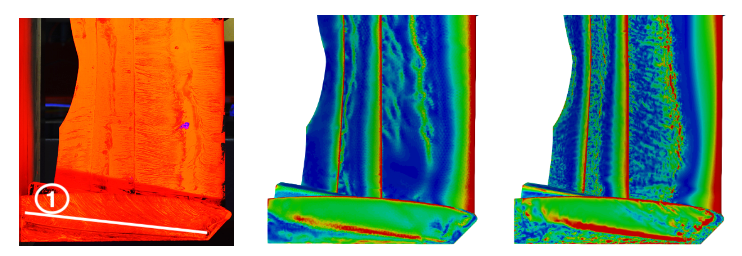Formula One front wing simulation with Nektar++

External aerodynamics is one of the key performance differentiators in Formula One. For open wheel racing cars, the front wing is a key aerodynamic feature whose main roles are: generation of load on the front axle and production of a vortical system to control the flow downstream, in particular to limit the negative effect of the open front wheel wake on the rest of the car.
In a partnership study between Prof. Sherwin’s group at Imperial College London and McLaren Racing, we present a new test case for the automotive fluid dynamics community supported by experimental data and open access geometry, the Imperial Front Wing (IFW). The IFW geometry is based on the McLaren 17D design and includes multiple wing elements under ground effect as well as other aerodynamic features such as gurney flaps, canard and foot plates, all of which are commonly used in present-day front wing designs.
This type of complex geometry leads to relatively intricate flow features that can be challenging to simulate and therefore obtain accurate prediction of the aerodynamic loads, transition lines locations and vortex intensities. The proposed geometry is therefore an interesting, aerodynamically challenging test case for CFD validation, especially for high-fidelity methods.
Nektar++ high-fidelity uDNS/iLES simulations using the spectral/hp element discretisation were performed on the IFW. Proper SVV and de-aliasing techniques are employed stabilise the solution at Re=220,000. Wall shear stress and vortex propagation velocity results from Nektar++ are compared against experimental data.
The study concluded that the minimum resolution for this mesh to correct capture the flow characteristics of vortical structures propagating downstream of the wing is forth order. Higher resolution considering a higher polynomial order clearly improves the wall-bounded streaklines resolution.

Our focus with the IFW study is to consolidate the application of Nektar++ for automotive applications, designing a reliable and consistent methodology.
